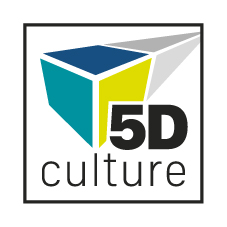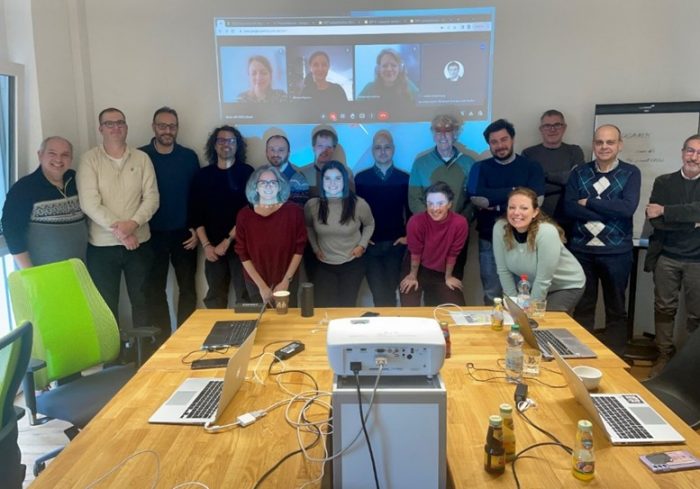
An international consortium composed of 12 partners has embarked on a mission to enrich the offer of existing 3D digital cultural heritage repositories and incite their re-use in education, tourism and multi-faceted cultural and creative sectors. Central to 5Dculture is the expansion of three-dimensional cultural heritage content into two additional, pivotal dimensions: the source content domain and target reuse domain dimension.
2023 started off with a boost of energy by a team of European cultural heritage institutions eager to support the creation of the European Data Space for Cultural Heritage, as part of the digital transition strategy of the European Commission. The platform Europeana lies at the heart of this envisioned Data Space and the now project 5Dculture aims to enrich the portal’s digital collections with a significant amount of 3D assets and foster their reuse in important domains such as education, tourism and the wider cultural and creative sectors. Coordinated by IN2 Digital Innovations GmbH, a leading software development company experienced in research and development activities in the field of tangible and intangible cultural heritage, the 12 project partners in 5Dculture have their work cut out to amplify the collections of the Europeana platform.
5Dculture Roadmap from 3D to 5D
The consortium will initiate their roadmap by identifying and engaging existing datasets from their own collections focusing on fashion, archaeology and architecture. This high-quality 3D content will feed into the development of several reuse scenarios in the domain of fashion collections, archaeological 3D content as well as historic building and cityscapes. These efforts are driven by the question of how, for instance, museums can engage and immerse their visitors deeper into fashion heritage with the help of 3D digital technologies. Or, how the visitors’ experience of archaeological monuments, heritage sites and cityscapes can be broadened with the support of 3D content and equally as much be of value for the virtual tourism, education, gaming, arts, conservation and heritage management sector.
Rounding up the circle from 3D to 5D, 5Dculture will create a marketplace for tools that can be used in order to enable 3D content reuse and design and promote capacity building materials and activities to equip cultural heritage institutions with the necessary knowledge and skills for a wider reuse of their 3D cultural assets.
Alexandru Stan (IN2 Digital Innovations GmbH) recapitulates: “5Dculture promises to be a very fascinating and inspiring project that will showcase the many ways in which new technologies and 3D assets can be combined and used in various domains, from tourism to education. Having worked on the topic of cultural assets re-use and digital storytelling for a few years here at IN2, we now look to create innovation for 3D content, which is an important priority for the Data Space of Cultural Heritage. From our understanding, reusing 3D content initiates a new fourth dimension which may differ from the domain said 3D content originated in – being the fifth dimension. This is how reusing 3D digital cultural heritage expands into 5D.”
Where history and future meet
Well-known for its long-standing history as central trading hub traversing the Lake Constance, Lindau (DE) once again turned into a centre for exchange and cooperation from 12-13 January as the consortium met to kick-off their joint endeavour.

The project consortium is composed of highly skilled organisations knowledgeable in the principles and strategy of the new Data Space for cultural heritage, with complementary expertise that covers the entire value chain. 5Dculture will not only enrich and reuse three-dimensional digital cultural heritage but deploy a series of digital technologies and tools such as relevant AI and semantic technologies. These will result in creating and promoting capacity building materials and activities to equip cultural heritage institutions with the necessary knowledge and skills for a wider reuse of their 3D cultural assets.
For further enquiries, please contact:
Alexandru Stan at as@in-two.com (Coordinator) and Kerstin Muff at kerstin.muff@timemachine.eu (Communication).
